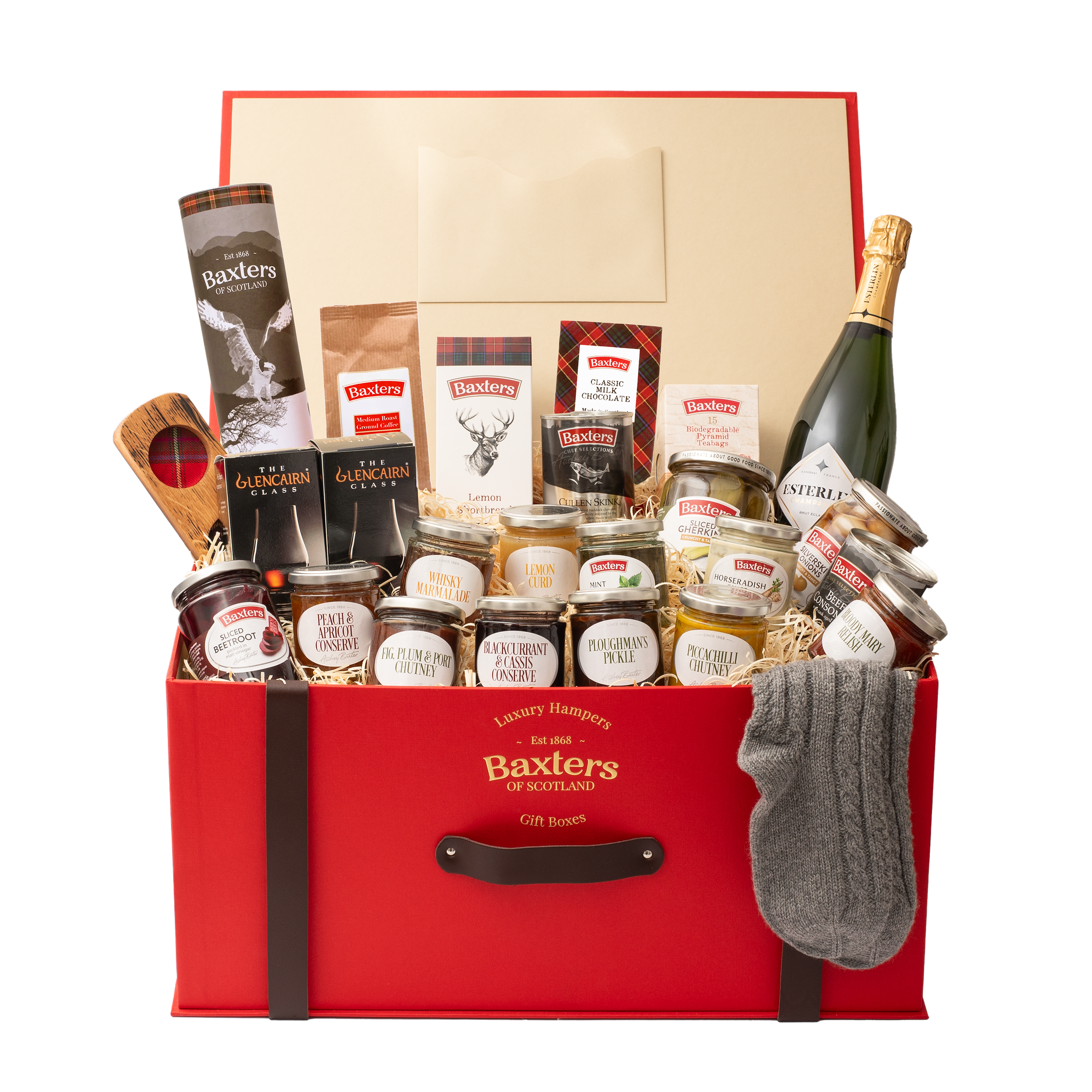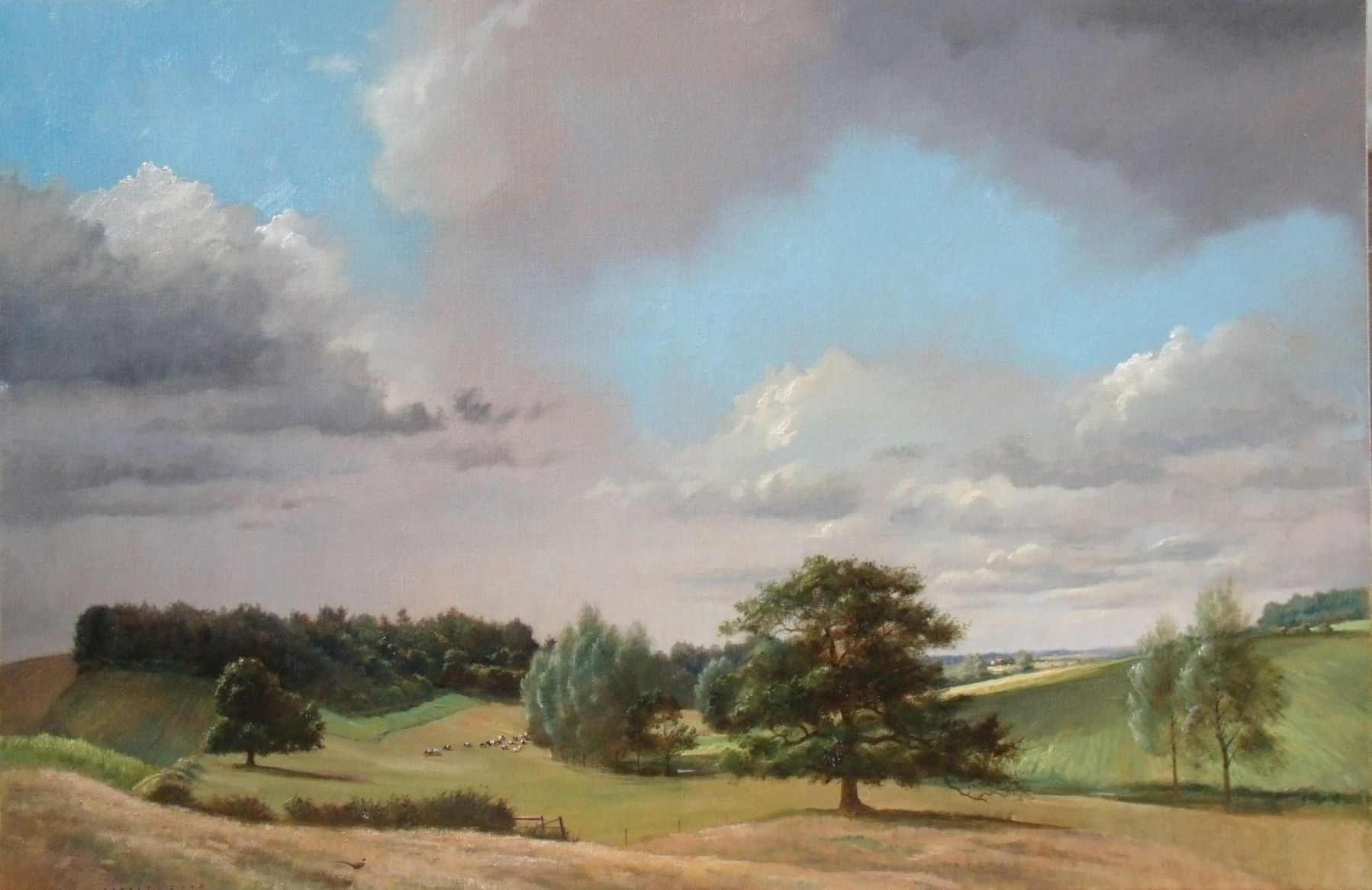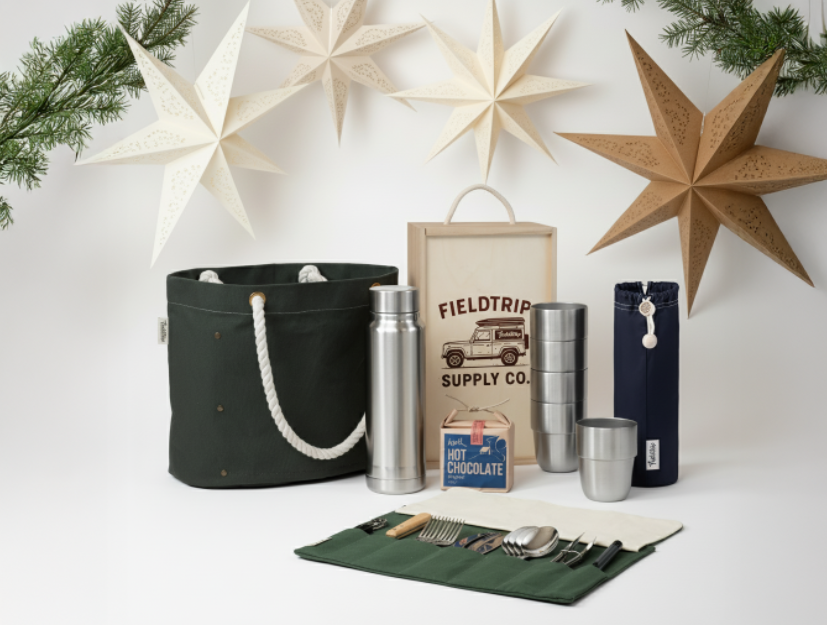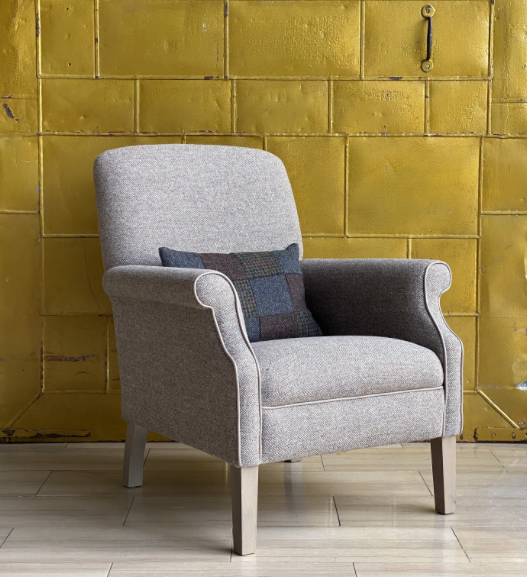The Purdey Awards for Game & Conservation
Cambridgeshire-based artist William Garfit won the first ever award in 1988 and in 2002 he was invited to become a judge. Having now been a judge for two decades, he offers insight into how the prestigious awards are as relevant as ever and how to be a standout candidate
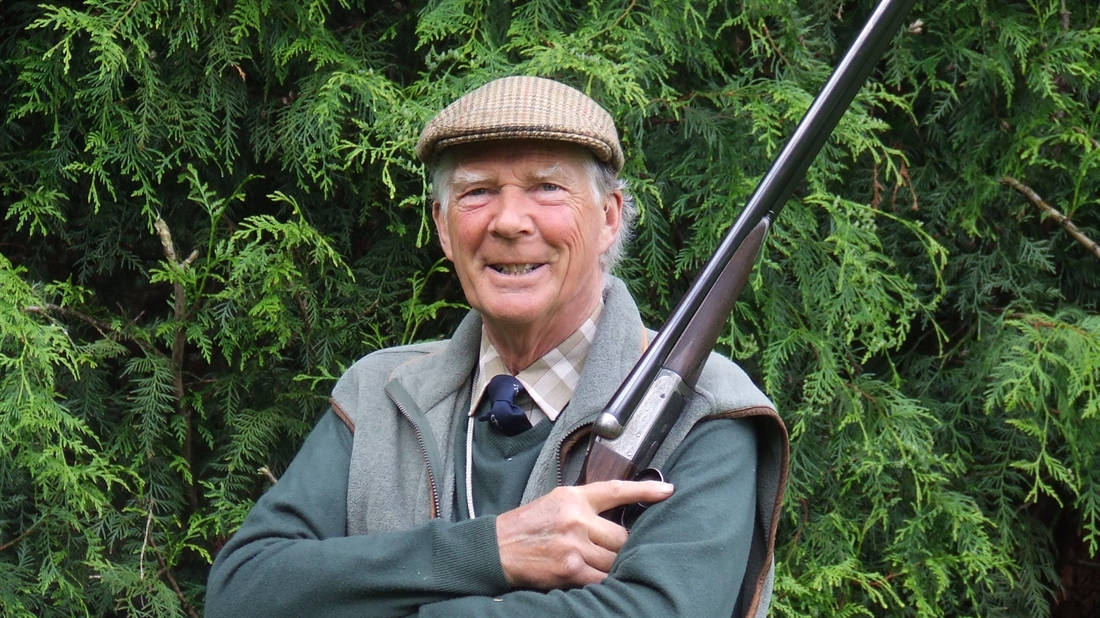
This is an opportunity to give something of an insight into the workings and world of the Purdey Awards for Game & Conservation. They have become synonymous with exemplary development and management of land with a symbiotic link between shooting and wildlife. It is obvious to those involved that game will not thrive without successful habitat management, adequate food and judicious control of predators. If these are good for game they will equally benefit all wildlife flora and fauna. Winners of the awards are those who have gone the extra mile to create additional elements to optimise a diversity of habitats on their land for birds, plants and insects as well as game. This enthusiasm to optimise both game and wildlife is what the judges tune into and from this evidence and observations the winners are chosen.
Having been on the judging panel for 20 years it is apparent that a successful entry needs to display three main elements: Firstly the “vision” for the ambition relative to the land or water you have the opportunity (and privilege) to manage, irrespective of scale. Secondly the way that the landscape has been improved and developed to implement the ambition. Thirdly the “result.” This will be on-going but it is important to demonstrate that the project has been successful with game books and, ideally, some statistical records as evidence of bird, butterfly and plant numbers.
The full journey will have taken time, sometimes many years for new woods to hold game or regenerated heather moorland to produce a shootable surplus of grouse. It is the future resulting sport that is the ambition of the owner and the results are encouragement to others. Some projects over the years have been with wonderful, imaginative vision and implementation but without time to demonstrate its full potential and success. In other words, the potential winner has applied prematurely; In which case the entrant is encouraged to re-enter in a few years’ time when the successful result would have become obvious.
Scale is not important as a small wetland project or flight pond will be considered as carefully as any farm or large project on Ducal acres. Actually the judging committee is particularly careful not to overlook an entry by any prejudgement of the application. The procedure is that at the preliminary meeting a short list of 10 or 12 entries are selected for a visit by a group of three or four judges. They are particularly keen to see a project on the ground, meet those involved in its management and look for interesting ideas and techniques which may not have been apparent in the application.
A report on each is then written up and later shared with all the other judges. A meeting in October is then the opportunity for each project to be discussed after which the cream has usually come to the top! With a points system the winners of the year are usually unanimous. The challenge for the judges is to assess the diversity of projects, particularly when an excellent low ground entry of pheasants or partridges is compared with an exceptional upland grouse project. However the system works very well and fairly presents the right result.
In addition to the Gold, Silver and Bronze Awards, a special award is sometimes presented to an individual, often the keeper who has done a brilliant job on a shoot which in itself could not be a considered a winner.
The Purdey awards started in 1999 when the sponsorship was taken on from Laurent Perrier who first instigated this prestigious award in 1986. In 1988 I was persuaded to enter my own small 80-acre shoot on an area of reclaimed gravel pits in Cambridgeshire. The project was started when the site was acquired at auction in 1970. As a 24-year-old art student and country boy my passion was shooting and the natural world in which it thrived. That link was rarely acknowledged in those days when the word “conservation” was hardly in the dictionary or our vocabulary. However by 1988 a small mixed driven shoot was quite successful and exceeded my original dreams and with trout and carp fisheries in the area of many diverse habitats which supported 145 species of birds and over 400 species of plant in spite of being such a limited area. Having entered my submission which was illustrated by my drawings of game and birds, in due course four judges visited. It was with great pride later in the year that I was presented with the Laurent Perrier Award.
Having never sought any publicity in the past, the ensuing press coverage made me realise that maybe there could be encouragement to others with small farms and potential shoots. This has been the case with articles that appeared in shooting magazines, small shoot management courses run by the Game Conservancy (now GWCT) and BASC and in 1993 my book Will’s Shoot. This told the story of the 18 year journey. It is gratifying that many I meet on my travels tell me of the help and inspiration they received from that little book. The point I make is that those original judges picked up on my passion for the work and development on such a modest acreage which carried it forward as a winner. This is a familiar situation and good reason for applying for your shoot to be entered.
It was with great pleasure and pride that I was invited to join the judging committee in 2002 and an opportunity for me to bring something of my experience to the party. Each of the illustrious judges has their own interesting story and bring a great diversity of expertise to include top gamekeepers, game crop and agri-environmental seed specialists, ecologists, editors of shooting magazines and of course owners and managers of exemplary shoots on farms and estates.
The Purdey Awards committee is chaired and diplomatically steered by His Grace The Duke of Wellington and we meet in the hallowed emporium of the Purdey’s Long Room. Those seated around the table have, over the years, fully acknowledged many of the finest shoots in the country – not the largest shoots but those which demonstrate the best practice for excellent sport, ethical principles and an environment where wildlife abounds and the beauty of the countryside is maintained for those who come after. A worthy legacy, indeed, for the Purdey Awards.
Deadline for submitting entries is 1 June.
To enter, visit www.purdey.com/shooting-life/purdey-awards
For all further enquiries and further information on the awards, please contact Flora Gibbs via flora.gibbs@purdey.com.
Related Articles
Get the latest news delivered direct to your door
Subscribe to Fieldsports Journal
Elevate your experience in the field with a subscription to Fieldsports Journal, the premium publication for passionate country sports enthusiasts. This bi-monthly journal delivers unparalleled coverage of game shooting, fishing and big game across the UK and beyond.
Each issue offers a stunning collection of in-depth features, expert opinions and world-class photography, all presented in a timeless yet contemporary design.
Save 10% on shop price when you subscribe, with a choice of packages that work for you. Choose from Print & Digital or Digital only with each journal delivered directly to your door or via the app every other month, plus access to past issues with the digital back issue library.





